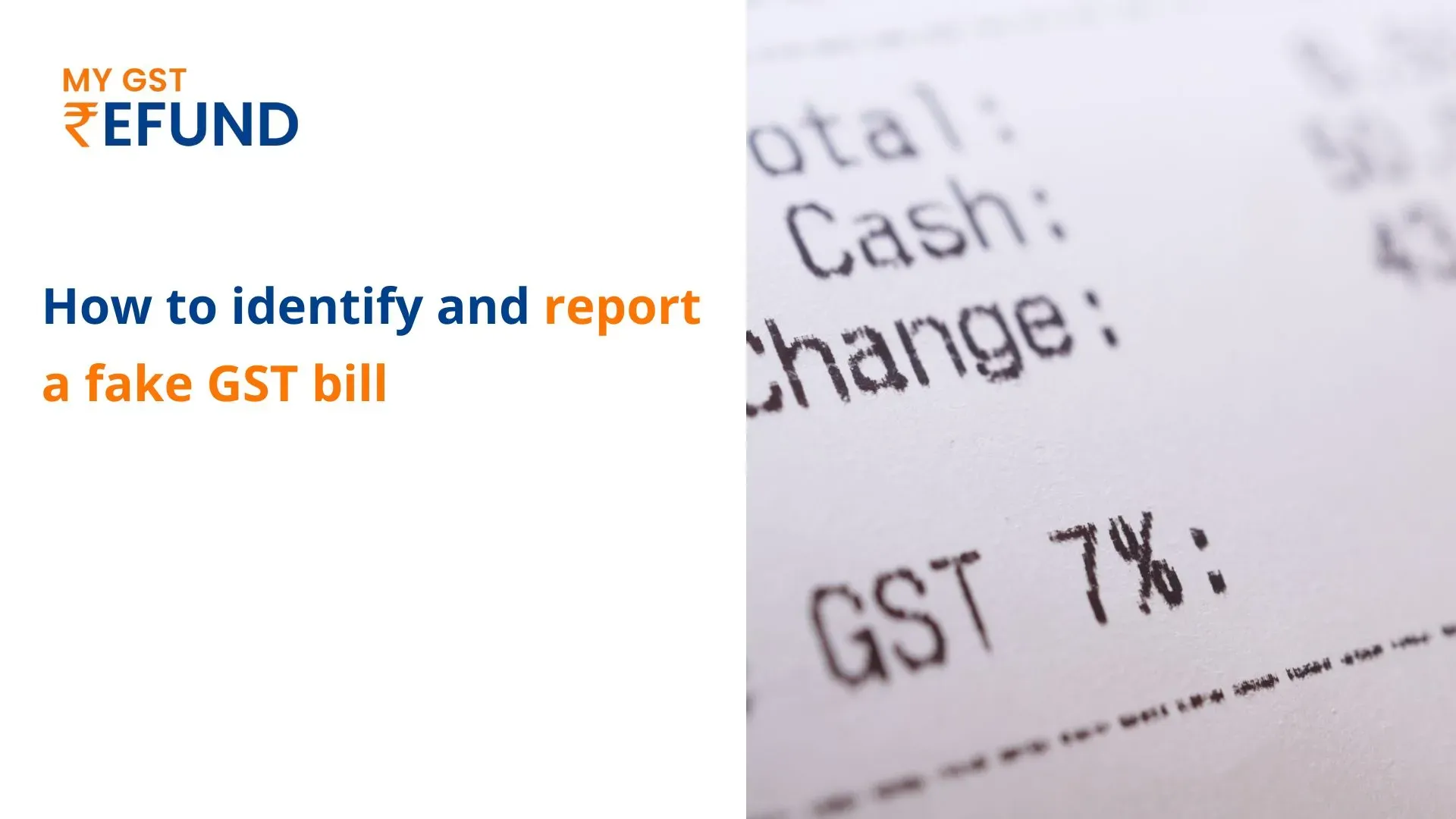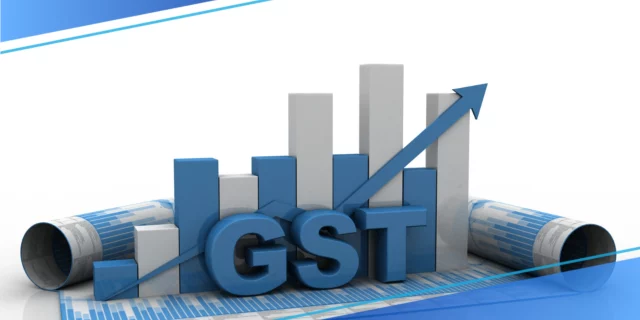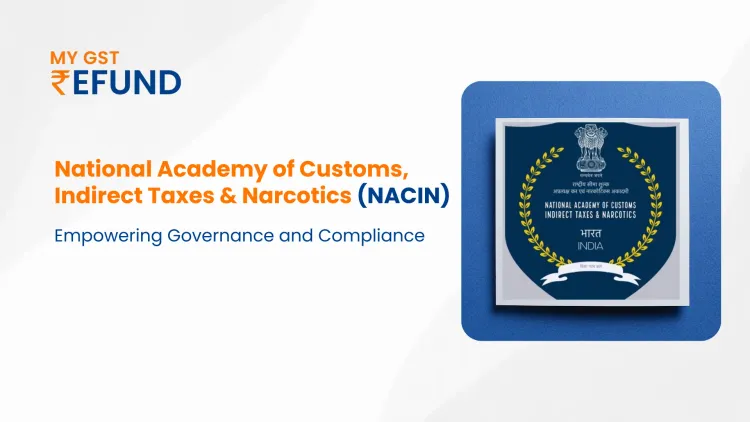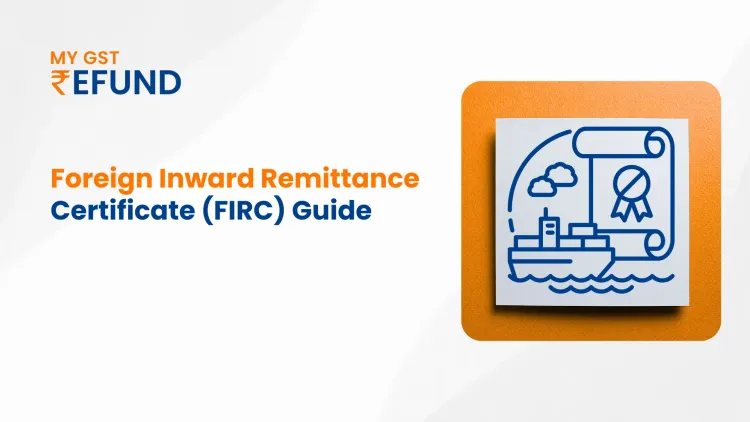How to identify and report a fake GST bill
Published on: Fri Mar 31 2023
How to identify and report a fake GST bill
In 2017, India introduced a new Goods and Services Tax (GST) system to streamline the indirect taxation system by replacing various taxes such as VAT and service tax. However, the increasing number of registrations and the expansion of the GST network have also led to a surge in fraudulent GST bills issued by scammers.

To prevent fraudulent activity, it is crucial to verify the authenticity of the GST bill. Often, these bills are utilized to settle claims and file for Income Tax Credits. To avoid falling victim to these scams, customers can easily verify the originality of the bill by conducting a quick check.
What is a GST invoice?
A GST invoice is a document that contains details of goods or services sold, along with the applicable Goods and Services Tax (GST) charged on them. It is a legal document issued by a registered supplier to their customer when they sell goods or services.
What is a fake GST invoice?
According to the Union Ministry of Finance, a fake GST invoice can be created even if there has been no actual supply of goods or services or GST payment. These fraudulent invoices can be generated for a variety of purposes, including tax evasion, converting Income Tax credits into cash, booking fake purchases, and facilitating money laundering.
How to check the authenticity of a GST bill:
To check the authenticity of a GST bill, you can follow these steps:
Verify the GSTIN:
To check the authenticity of a GST invoice, the initial and crucial step is to verify the GSTIN (Goods and Services Tax Identification Number) of the supplier. Every supplier of goods or services registered under GST is assigned a unique 15-digit GSTIN, which comprises the state code, PAN, and a unique registration number.
Validate GSTINs Instantly with Our Powerful Tool
Visit the GST site for authenticating GSTIN
To authenticate the GSTIN, you can access the GST portal (www.gst.gov.in) and select the ‘Search Taxpayer’ tab.
Enter the GSTIN of the supplier in the search field and click on ‘Search’.
Upon validation, the supplier’s name and address will be displayed on the screen.
Check the invoice details:
Make sure that the details mentioned in the invoice, such as the name and address of the supplier and customer, date of transaction, description of goods or services, quantity, unit price, and the total amount charged, are correct and match the actual transaction.
Check the invoice value and tax amount:
Ensure that the GST invoice accurately mentions the invoice value along with the tax amount, which should be calculated as per the applicable GST rate for the goods or services provided. You can verify the tax amount using the GST calculator tool accessible on the GST portal.
Verify HSN/SAC code:
The HSN (Harmonized System of Nomenclature) code is assigned to goods, while the SAC (Services Accounting Code) is assigned to services. The GST invoice should accurately mention the relevant HSN/SAC code for the goods or services provided. You can validate the HSN/SAC code by referring to the GST portal.
To Read Our Detailed Blog On HSN CODE Click Here…
Check for digital signatures:
If the invoice is digitally signed, verify the signature to ensure that it is valid and belongs to the registered supplier.
Verify tax payment status:
The tax payment status of the supplier can be verified on the GST portal. If the supplier has paid the tax for the invoice, it will be reflected in their GST return filed on the portal.
How to raise a complaint against the Fraud GST bill?
To raise a complaint about GST fraud, there are several options available. Firstly, you can go to the official GST portal and click on the CBEC Mitra Helpdesk, where you can raise a web ticket. Alternatively, you can send an email to cbecmitra.heldesk@icegate.gov.in.
Another way to report fraud is to contact the relevant authorities via Twitter. The official Twitter handles for this purpose are @askGST_GoI for GST and @FinMinIndia for the Finance Ministry.
By taking these steps, you can protect yourself from fraudulent GST invoices and ensure that you are dealing with a legitimate supplier.
Are you Looking for a GST Refund Service? Mygstrefund.com offers GST refunds on business, exports, and many more if your GST application is rejected. Get in touch with us today.
Related Posts





